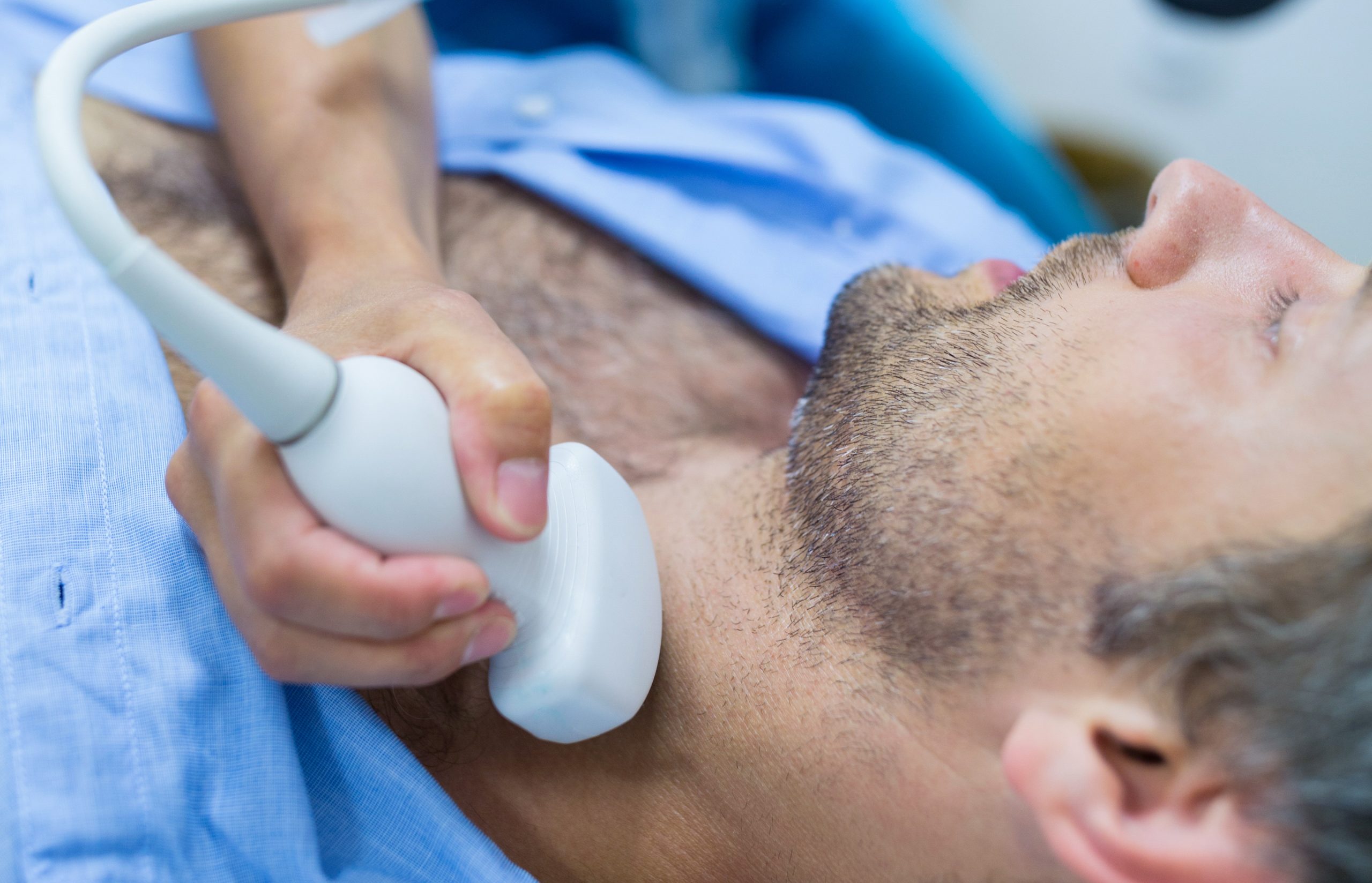COVID-19 has put immense pressure on the NHS and its staff. Although there have always been strict cleaning policies in place prior to the outbreak, there is now even more focus on intense and more frequent cleaning of equipment.
By carrying out adequate cleaning practices, you can not only protect yourself, your staff, and your patients against COVID-19; but you can also maximise the performance and extend the life of your equipment.
In this blog post, we talk about the steps that are taken in order to achieve maximum ultrasound equipment cleanliness during the COVID-19 pandemic.
Before we begin, we must stress that these are not instructions, nor is this a cleaning guide. This blog post merely touches on the steps that are taken to achieve cleanliness. We recommend that you clean and disinfect all equipment as per your facility’s procedures and protocols and always read the manufactures handbook first.
Firstly, the equipment must be cleaned
‘Cleaning’ is defined as the removal of all visible soil or contaminants, such as excess dirt and debris. Typically, this is completed by applying a soap solution that removes the visible dirt.
Secondly, the equipment must be disinfected
‘Disinfecting’ is the process of applying a solution to kill microscopic organisms (such germs, bacteria, viruses, fungi) on the surfaces. This is usually achieved by applying medical grade disinfectant that instantly kills microscopic organisms, in this case, SARS-CoV-2.
Important things to remember before attempting to clean and disinfect your ultrasound equipment
- Before you begin, be sure to refer to your facility’s infection control policies and protocols as each one is different.
- Always handle your equipment with exceptional care, never dropping the transducer into place or leaving wires to fall freely.
- Only use solutions that are specified in the user manual.
- Ensure that you have disconnected your transducer from the ultrasound system before you start cleaning.
- To avoid damaging the equipment or risking injury, always disconnect the system from its power source.
- Never spray the solution directly onto the ultrasound equipment as it may force liquid inside and cause damage to electrical components.
- When handling cleaning and disinfecting solutions always refer to the manufacturer’s guidelines.
- Clean and disinfect your ultrasound equipment in accordance with the user manual.
Conclusion
Overall, the specifics on cleaning will vary depending on the item that needs cleaning, and the facility’s protocols and procedures, however, the basic steps will remain the same.
Would you like to speak to an Imagex specialist about one of our services? Maybe you would like to speak to a member of our senior team about a partnership? We are here to help. Please call us on 01536 265335.
